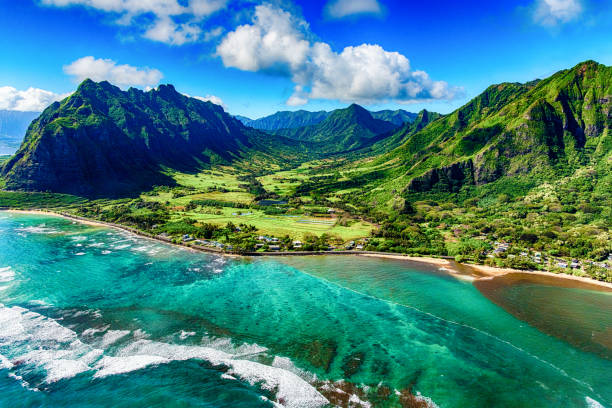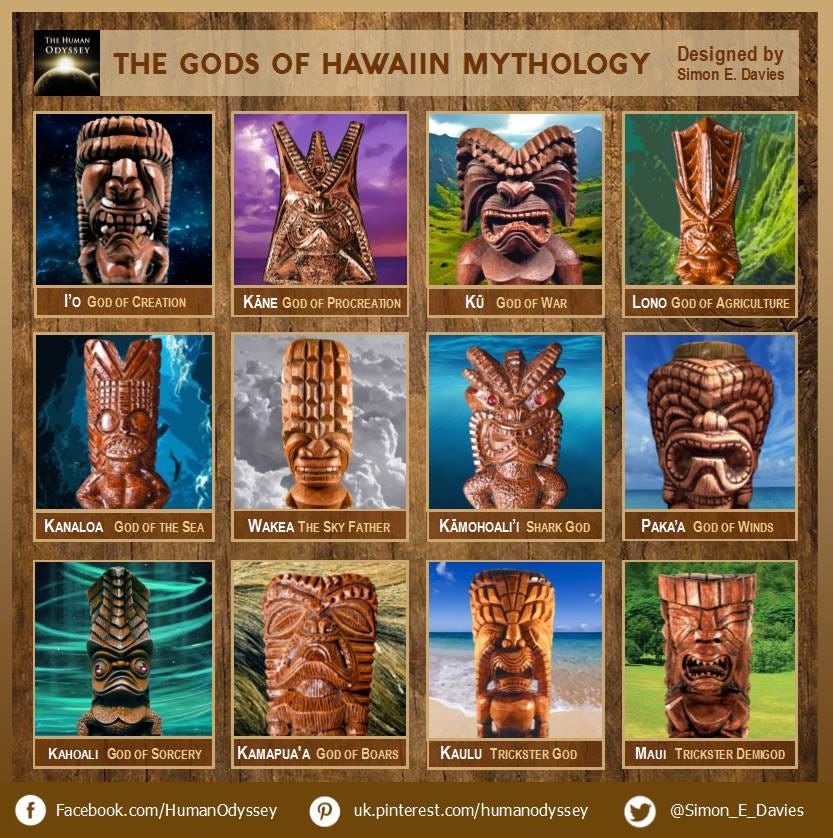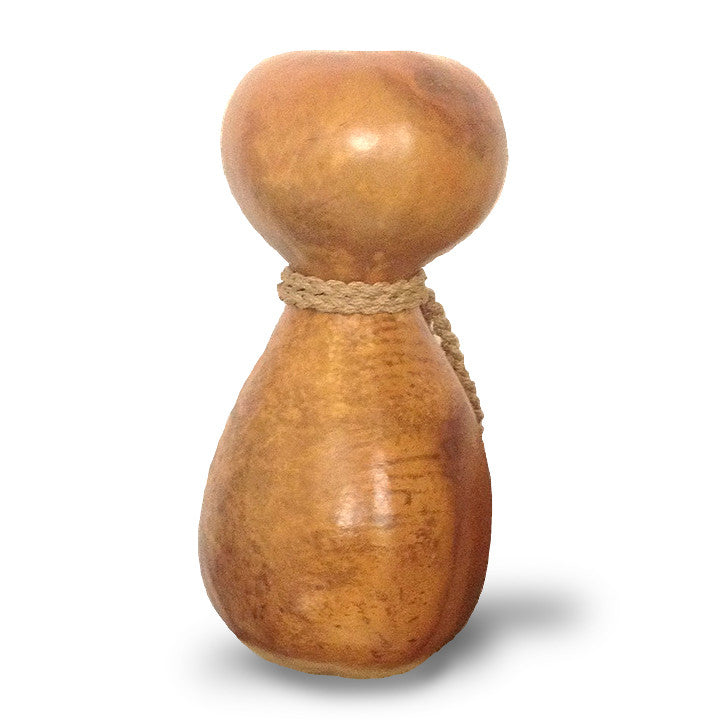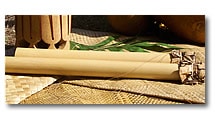One Last Music Culture: Hawaii
One last music culture I wanted to discover was Hawaii. I decided to pick this Island and culture because I have family that lives there but it is also very beautiful and historic. One of my favorite Disney movies is Moana and Lilo & Stitch which are filled with Hawaiian culture and bright colors. Just like any Disney movie, music and songs are scattered throughout which are very fun to listen to. Hawaii is a very nice place to visit and it is amazing how much culture it packs for being an archipelago.
One of my favorite Moana song: Where You Are
One of my favorite Lilo & Stitch song: Hawaiian Roller Coaster Ride
Hawaiian culture:
Hawaiian culture is what makes Hawaii so special compared to the other states/counties. The collection of beautiful sceneries, sunsets, beaches, clothing, color, and traditions makes the island so unique. One of the most popular customs known to Hawaii is the gifting of the lei when you arrive. Is it given to represent friendship and should only be removed in private.
The hula is their traditional iconic dance that features colorful costumes, skirts, hand gestures, and hip swaying (which is where we get hula hoops). Originally the hula was a male only dance but now it is performed by both male and females. The hula tells a story that can be accompanied by many instruments that are mostly percussion.
The music of Hawaii has evolved overtime just like anything else. It started off with percussion beats and chanting but now has incorporated different genres of music and lyrics. The legends of Hawaii are probably the coolest. It is based around superstition of gods and goddesses. As mentioned in the movie Moana, Maui is a demi-god that pulled up the island from the sea. Other gods/goddesses are Pele, who is a deceptive volcano goddess, and her sister Poliahu the snow god.
Some background information/facts about Hawaii:
Hawaii became the 50th state to join. Mexican Vaqueros and the Portuguese made their way to the islands and influenced Hawaiians culture and music. King David Kalakaua wrote the state anthem “Hawaii Pono’i” in 1876 honoring King Kamehameha I, who was the founder of the Hawaiian Kingdom in 1810. The Honolulu Symphony Orchestra is the oldest orchestra in the U.S. west of the Rocky Mountains.
Hawaii does not have a word for “music”, instead they call it mele which means song or chant. There are different types of mele: Mele oli and mele hula. Mele oli are unaccompanied ritual chants that are normally performed by one person. It is simple melodies that uses very few notes and is used to tell stories that preserve history, genealogy, and cultural traditions of native Hawaiians. Mele hula is the chants or songs being accompanied by dance. These are more complicated musically and make use of more notes and rhythm. Kahiko is the ancient music that involves chants and Auana is the modern music that includes pianos, slack key guitars, and singing. Ancient Hawaiian music was a form of oral history and storytelling just like many other music cultures, especially West African griot. They played music for religious ceremonies, celebrations, and entertainment.
Many characterize Hawaiian music as soothing and rhythmic. Much of the music can be categorized as folk music. Folk music is more of the traditional mele and hula. In modern music there are more genres that correlate with Hawaiian music such as rock, pop, hip hop, dubstep, soul, reggae, gospel, country, ragtime, swing, and jazz.
Instruments used in Hawaiian music:
There are many different instruments in Hawaiian music. All are made from available materials such as: gourds, bamboo, coconuts, wood, shark skin (etc.). Some instruments were introduced by outside countries such as Portugal and Mexico, while others were created on the islands. Many of these instruments were played for ritual ceremonies or hula dances.
Ipu:
The Ipu is a percussion instrument that establishes rhythm. You can play it while sitting or standing. It is a large hand drum made from hollowed out gourds. It is played with the heel of your hand or with your fingers. The two basic beats are “u” downbeat and “te” upbeat. There are 2 types of Ipu:
Ipu Heke is a double gourd
Ipu Heke ‘Ole is a single gourd
‘Uli ‘Uli:
The ‘Uli ‘Uli is a percussion instrument that is similar to a rattle or maraca. It is made from gourds and most commonly played in hula dances. It is decorated with beautiful dyed feathers.
‘Ili ‘Ili:
The ‘Ili ‘Ili is a concussion idiophone that is needed in pairs. They are smooth, water-worn stones similar to castanets.
Pu’ili:
The Pu’ili is an idiophone. They come in pairs of hollowed bamboo rattle tubes. It is used by hitting them together at different sections.
Kā’eke ‘eke
The Kā’eke ‘eke is an idiophone made of tubes of bamboo. It is played by striking it against a mat or the ground. The bottom of the tube is covered by a tapa cloth which protects the instrument.
The ‘Ohe Hano Ihu is a nose flute aerophone. It consists of 3 holes in a bamboo tube and is played by blowing through the end and covering/opening the holes.
Pahu (Pa’u)
The Pahu is a percussion instrument made from the stump of a coconut tree capped with cowhide. The instrument is sacred to Hawaiians and is known as the official traditional instrument of Hawaii. It is played with the hands. There are different types used for different events.
‘Ukeke
The Ukeke is a chordophone with 3 strings. It is indigenous to Hawaii and is made up of a long piece of wood about one inch wide with strings attached to it.
Ukulele
The ukulele is a chordophone made with 4 strings that looks like a miniature guitar. It was brought over by the Portuguese which is more known as the “braguinha” to them.
Steel guitar
The steel guitar is a chordophone brought over by the Portuguese. It is laid horizontally across your lap. You play it like a regular guitar but instead of your fingers pressing against the fretboard you slide a stainless steel bar across the strings.
Slack guitar
The slack guitar is a chordophone in which The strings are tuned down. it looks just like a regular guitar
Overall i really enjoyed learning about the Hawaiian culture and music. It is very cool to discover the many different instruments and traditions they use. If you have not yet, I would recommend making a trip to Hawaii to experience these amazing rituals and to see the many beautiful sceneries that differentiate themselves from any other states/country. To close things out, below I left a video of calming Hawaiian music.
Work Cited:
Adrian ManuelAdrian Manuel is a freelance writer. He’s published articles on Thought Catalog. “Hawaiian Music, Its Origins and Evolution.” HomeyHawaii, 14 Oct. 2020, https://www.homeyhawaii.com/blog/music/hawaiian-music-origins-and-evolution/.
Aluli, Candy. “20 Quirky Facts about Hawaii - All about Maui Blog.” Maui Accommodations Guide, 21 Mar. 2023, https://www.mauiaccommodations.com/blog/20-quirky-facts-about-hawaii/.
Cancler, Carole. “Introduction to Hawaiian Music Styles and Instruments.” Hawaiʻi on the Cheap, 1 May 2023, https://hawaiionthecheap.com/hawaiian-music/.
“Cultural Life.” Encyclopædia Britannica, Encyclopædia Britannica, Inc., https://www.britannica.com/place/Hawaii-state/Cultural-life.
“Hawaiian Music.” Go Hawaii, 16 Mar. 2022, https://www.gohawaii.com/hawaiian-culture/music.
“The History of Hawaiian Music.” Hawaiian Culture Stories, https://www.hawaiian-culture-stories.com/hawaiian-music.html.
“Home.” Hawaiian Music, https://www.to-hawaii.com/hawaiian-music.php.
Jason. “10 Fun Facts That Make Hawaii Unique.” Hawaii Travel Guide, 27 May 2020, https://www.hawaiiactivities.com/travelguide/10-fun-facts-that-make-hawaii-unique/.
Leialoha. “Hawaiian Music: Everything You Need to Know.” Naturally Aloha, 31 Mar. 2022, https://naturallyaloha.com/hawaiian-music-everything-you-need-to-know/.
“Music of Hawaii.” Wikipedia, Wikimedia Foundation, 28 Apr. 2023, https://en.wikipedia.org/wiki/Music_of_Hawaii.
“Pacific Islands.” TravelOnline, https://www.travelonline.com/hawaii/culture#:~:text=Hawaiian%20culture%20is%20based%20around,Poliahu%20(a%20snow%20god).









_LACMA_M.2008.66.11.jpg/1200px-Drum_(pahu)_LACMA_M.2008.66.11.jpg)
.jpg)


I also love Moana and Lilo & Stitch!! I loved how detailed and descriptive your blog was. Hearing the Hawaiian music and reading about the instruments was such a delight. So cool, great job!
ReplyDeleteVery cool to read your blog! I personally don’t know too much about Hawaiian culture and their music, so I learned a lot reading your blog. I also really liked how you mentioned Moana and Lilo & Stitch from Disney! I personally liked watching and reading about the “hula”, their traditional iconic dance, which you can even see in the disney movies. Also really cool to read about the instruments you mention that are being used within Hawaiian culture and have different purposes. Overall a great blog!
ReplyDeleteMy favorite cartoon movie is Moana also. I was very interested in Uli Uli. In class I don't remember talking about a culture that also tried to make the instrument they were playing pretty.
ReplyDeleteI also love the movie Moana and did Polynesian music culture which includes Hawaii, so it was cool to see a lot of similarities. I really enjoyed listening to the Hawaiian reggae and found it really calming and makes me want to be back in Hawaii.
ReplyDeleteHi Kaillou :) I really enjoyed reading your blog, and it was interesting to learn of not only the musical aspects of Hawaii, but also the cultural customs of the state. I also appreciate how you mentioned why you decided to choose learning about Hawaii, since you have family there. The culture is so beautiful, and you did a great job conveying it!
ReplyDelete